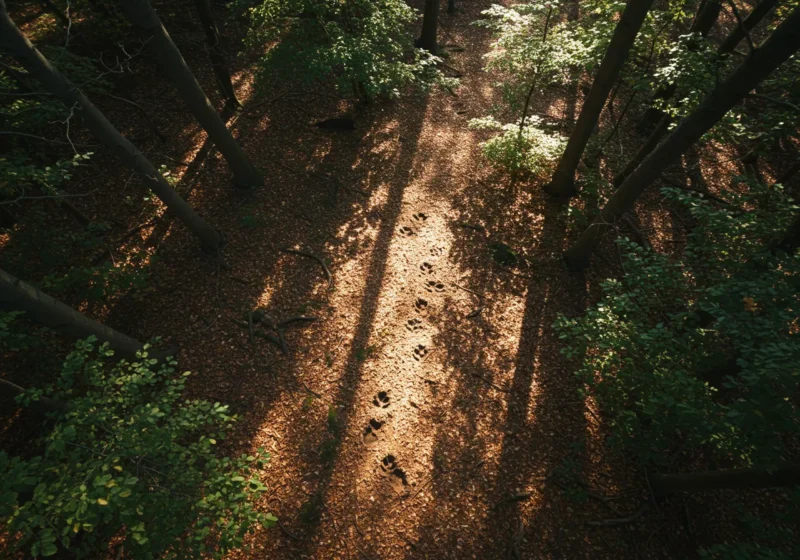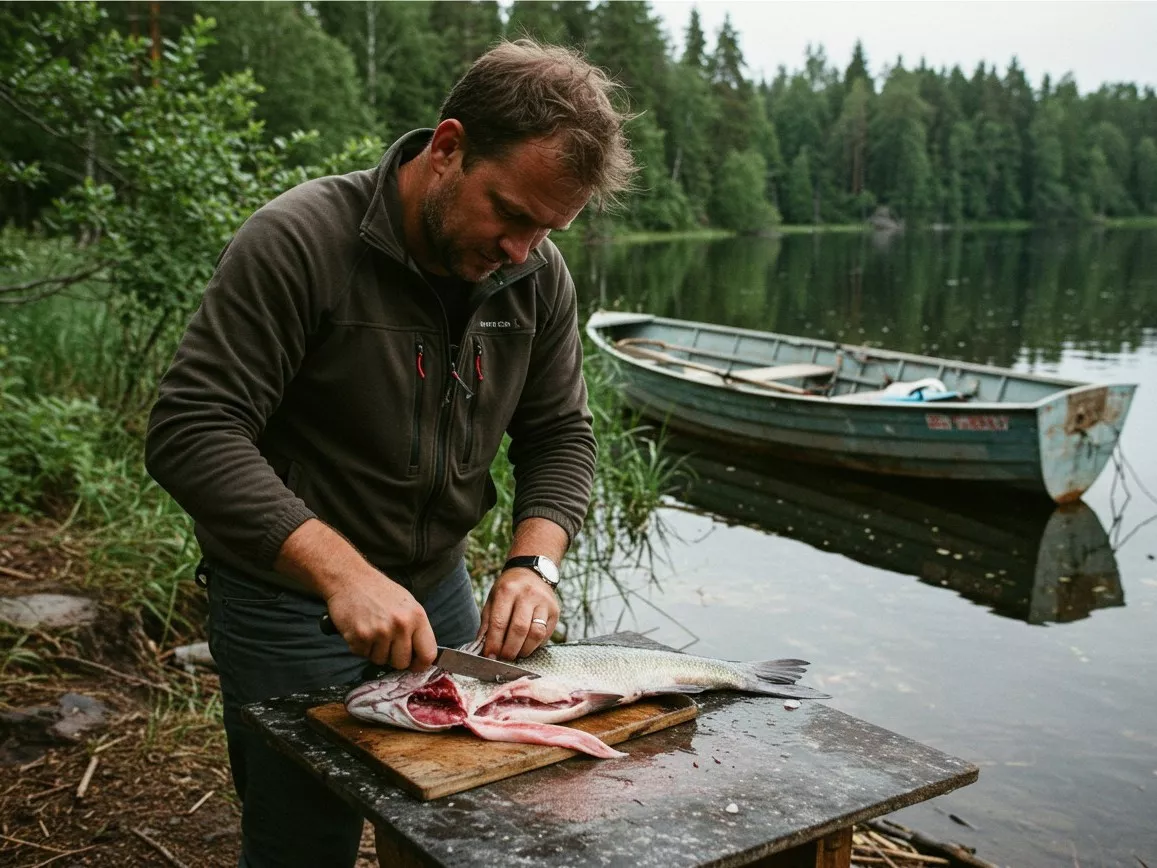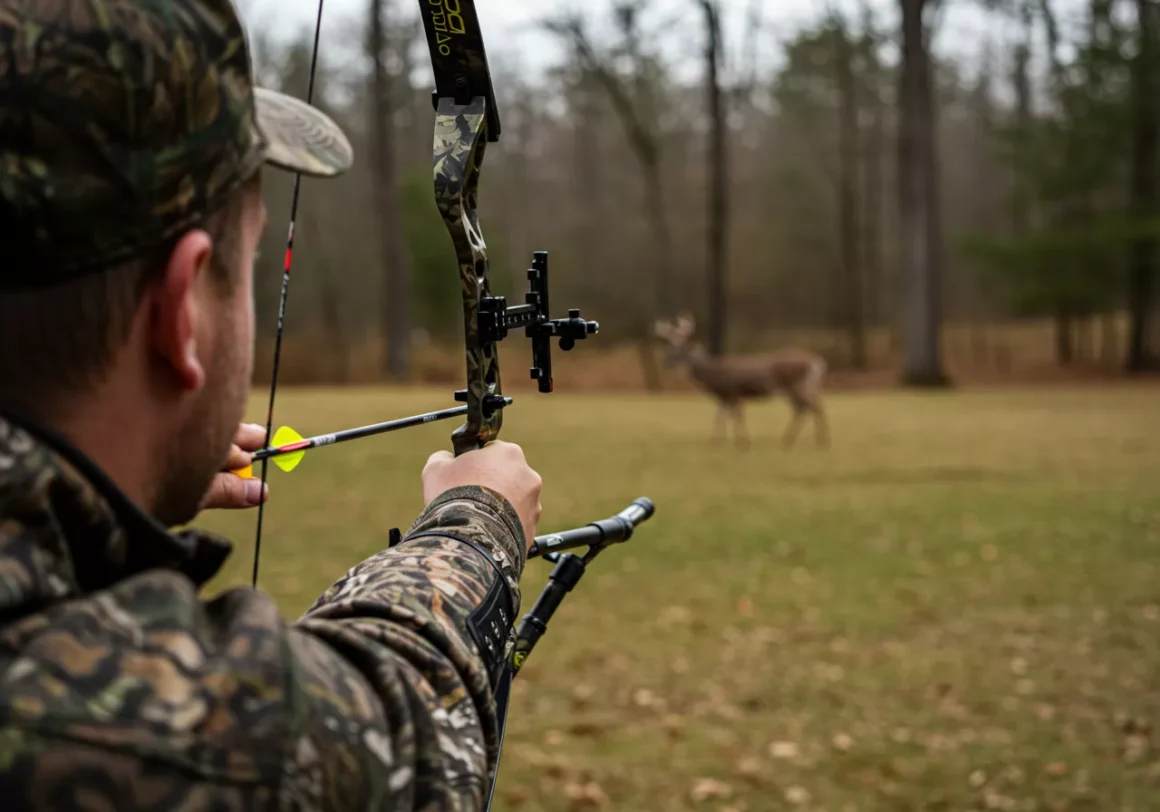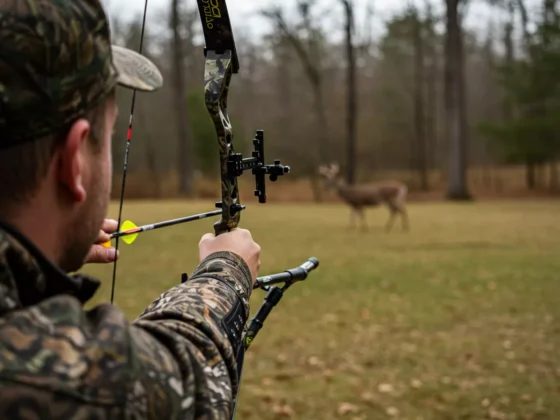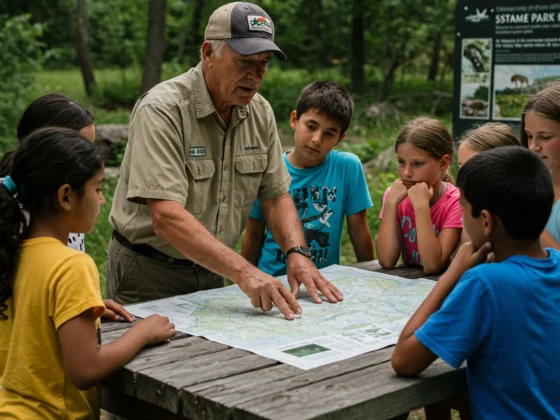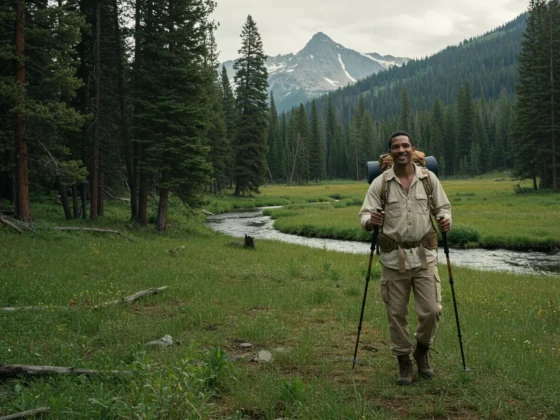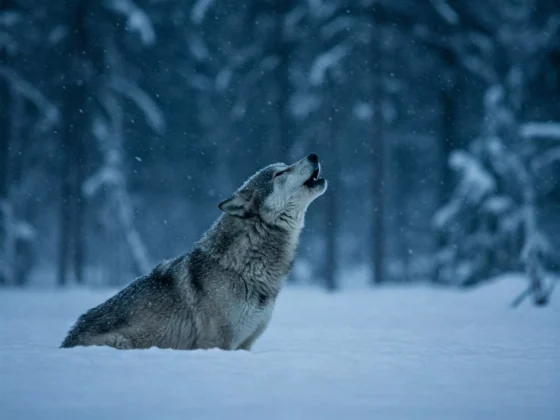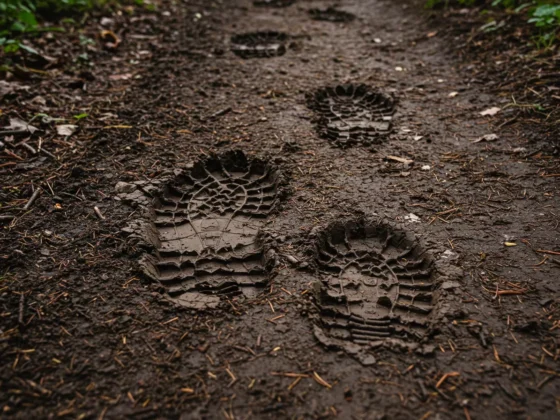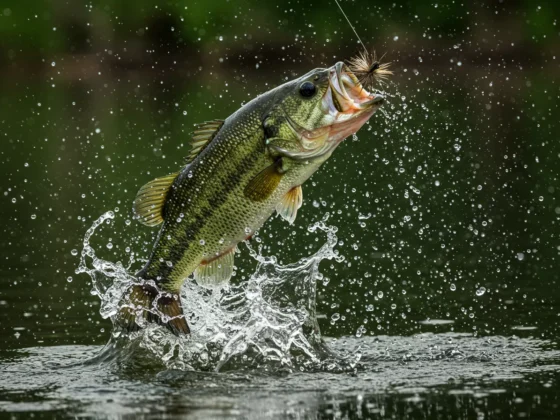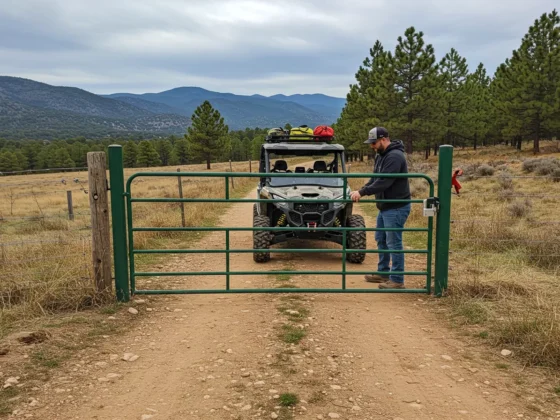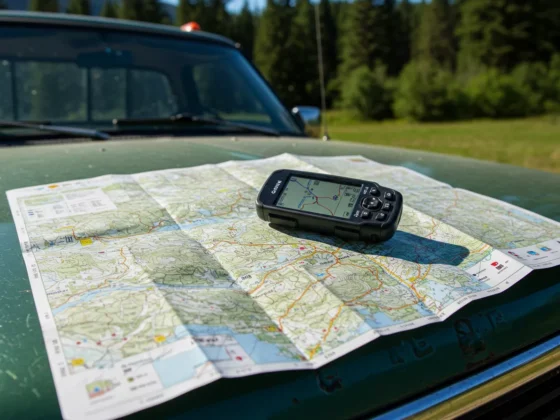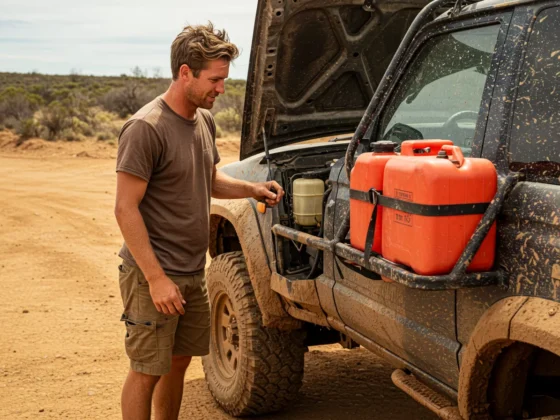Alright Outdoorsmen, let’s talk about something that separates just being in the woods from truly being part of the woods. It’s about more than just following a trail on a map; it’s about reading the language written right there on the ground, on the trees, even in the air around you. It’s about tracking and observation, or as I like to call it, learning to “Read the Land.”
Think of the forest floor, the muddy bank, the dusty trail as a giant newspaper. Most folks just walk over the headlines. But if you slow down, look closely, you’ll start seeing the stories: who passed by, when they were here, what they were doing. It’s an ancient skill, and frankly, one of the most rewarding you can cultivate in the outdoors.
Why Bother Reading the Land?
Beyond the sheer cool factor of knowing a deer hopped a fence here or a coyote moseyed along there, this skill sharpens all your outdoor senses. It makes you a better hunter (if that’s your pursuit), a savvier hiker, and generally just more connected to the natural world. You’ll start noticing things you never did before – the flick of a bird’s tail that means something’s nearby, the subtle shift in scent on the breeze, the way the leaves are disturbed just so.
The Alphabet of the Wild: What to Look For
Reading the land isn’t just about finding a perfect paw print (though those are pretty neat). It’s about piecing together all the clues, big and small.
- Tracks: This is the obvious one. Footprints, paw prints, hoof prints, claw marks. But look beyond the shape. What’s the depth? That tells you something about weight or speed. What’s the stride? How far apart are the prints? Is it a steady walk, a bound, a dash?
- Sign: Ah, this is where it gets fun.
- Scat: Yep, poop. It tells you what they ate and who left it. Size, shape, contents – all clues.
- Browse: Nip marks on twigs and leaves. Deer tear, rabbits make a clean cut. Different heights indicate different animals.
- Rubs and Scrapes: On trees, especially in fall. Bucks rubbing antlers, marking territory. Scrapes on the ground, often with urine.
- Beds: Areas where animals have rested. Often flattened grass or leaves, maybe some shed hair.
- Trails: Animals are creatures of habit. They use the same paths, often the easiest route. Look for flattened vegetation, worn earth, low-hanging branches broken or smoothed.
- Chew Marks: On nuts, cones, branches. Squirrels, mice, beaver all leave distinct patterns.
- Hair/Feathers: Snagged on thorns, fences, or branches.
- Disturbance: Overturned rocks, dug-up earth (skunks looking for grubs, bears digging for roots).
Developing Your “Eye”: Techniques for Observation
Okay, you know what to look for. Now, how do you actually see it?
- Slow Down, Way Down: This is the golden rule. You can’t read the newspaper if you’re jogging past it. Walk at half your normal pace, or even slower. Stop. Listen. Look.
- Scan Systematically: Don’t just stare randomly. Scan the ground near your feet, then a little further out, then the mid-distance. Use a grid pattern with your eyes.
- Get Low: Seriously, get on your hands and knees if you need to. The angle of light changes everything. A faint depression or scuff mark is invisible when standing but pops out when you’re eye-level with the ground.
- Use the Light: Early morning or late evening light, hitting the ground at a low angle, casts shadows that highlight tracks and subtle depressions. Midday sun can wash everything out.
- Listen and Smell: Don’t just rely on your eyes. The snap of a twig, the rustle of leaves, the distinct musky odor of certain animals – they are all part of the story. Alarm calls from birds are a huge giveaway that something is moving nearby.
Following the Thread: Basic Tracking Steps
Found some sign? Want to try and follow?
- Confirm the Sign: Is it what you think it is? Look for multiple indicators if possible.
- Determine Direction of Travel: Which way was the animal going? Look at how soil is pushed up, which way leaves are scattered, the overlap of prints.
- Look Ahead: Once you know the general direction, lift your gaze 10-15 feet ahead. Can you spot the next print or disturbance? This is much more efficient than staring only at the print at your feet.
- Leapfrogging: If you have two people, one stays at the last confirmed sign while the other searches ahead. Once the next sign is found, the first person moves up.
- The “Lost Track” Protocol: Okay, it happens to everyone. You lose the trail. Do not panic and just wander. Go back to the last confirmed sign. Mark it clearly (a ribbon, a stone, a broken twig). Then, start searching in an expanding circle or grid pattern around that last sign, looking for the next clue. Go out about 10-15 feet, walk a circle, expand.
Tools of the Trade (Not Much, Thankfully)
You don’t need a ton of fancy gear to read the land, but a few things can help:
- Binoculars: Essential for observing animals from a distance without disturbing them, but also great for spotting sign far off or getting a closer look at disturbances you can’t easily reach. A good 8×42 or 10×42 is a solid all-around choice.
- Notebook and Pencil: Sketching tracks, drawing out a sequence of sign, jotting down observations (time, weather, habitat) is incredibly helpful for learning.
- Small Ruler or Tape Measure: To measure tracks and stride length. Helps with identification and understanding gait.
- Field Guides: A good guide to local animal tracks and sign is invaluable for identifying what you’re seeing.
- Camera: Great for documenting tracks and sign to study later or compare with guides.
Watch Out For: Common Trip-Ups
- Moving Too Fast: We covered this, but it’s the most common error. Patience, grasshopper.
- Tunnel Vision: Only looking at the ground right in front of you. Remember to scan and look for sign at different heights and distances.
- Ignoring the Subtle: Sometimes the biggest clue is a single disturbed leaf or a tiny piece of hair.
- Assumption is the Mother of All Mess-Ups: Don’t assume you know what made a track or sign. Look for confirming evidence.
- Not Checking Behind You: Occasionally glance back. Sometimes sign is more visible from the opposite direction.
Pro Tip from the Trail
Don’t get discouraged! Reading the land takes practice. Start in areas you know well. Focus on one or two common animals and learn all their sign. Go out after a fresh rain or a light snow – tracks pop beautifully. And most importantly, enjoy the process. It’s about connecting with the wild world on a deeper level than you ever thought possible.
So next time you’re out there, slow down. Look around. Get low. Start reading the stories the land is telling you. It’s a skill that will enrich every minute you spend outdoors. Happy trails!

